How BT is driving sustainable IT through Pure Storage platforms
The telecoms giant has been hard at work reducing the energy impact of power-hungry workloads on its legacy estate
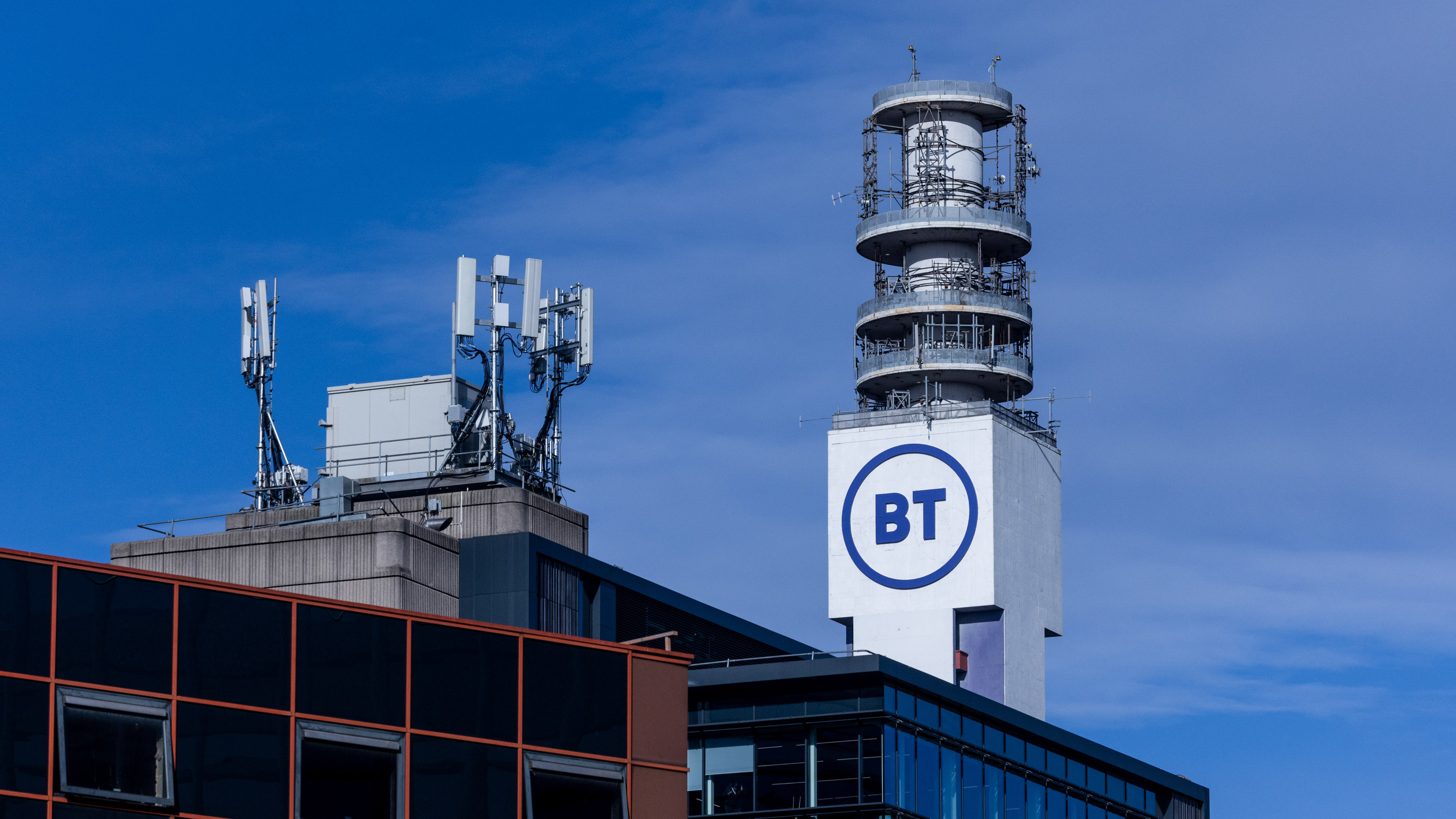

Like many telecom firms, UK giant BT has a large legacy IT estate that guzzles power and creates barriers to sustainability. The firm is looking to change that by making its cloud platform more efficient and has turned to Pure Storage to help achieve this.
ITPro spoke to Clare Schramm, cloud engineering director at BT, at Pure Accelerate 2024 in Las Vegas. Schramm is responsible for running a set of private and public cloud platforms that host the systems allowing BT to trade and run the firm’s fixed and mobile network operations.
Pure Storage’s platforms provide important support for BT in this regard, with Schramm describing Pure as a “foundational storage provider” for its network cloud platform which hosts much of BT’s network and traffic.
One of the driving factors behind the move to Pure, Schramm says, was energy consumption. “We have a varying estate for our IT workloads, various legacy vendors, a lot of heavy-duty storage appliances that consume a lot of energy,” she says. “A lot of these legacy storage appliances are just energy hogs”.
Fighting legacy sprawl with Pure Storage
Schramm describes BT’s IT cloud environment as a somewhat “cobbled together” set of legacy systems. “We have any technology, you name it,” she jokes.
This is what pushed BT towards Pure Storage, as such a sprawling legacy IT environment can place a significant burden on sustainability goals. “Why we started looking at Pure Storage is because we observed that, with network cloud, the energy usage was really quite low from a storage perspective,” Schramm says.
Such a sprawling legacy IT environment can place a significant burden on sustainability goals and this is what pushed BT toward Pure Storage. “We started looking at Pure Storage because we observed that, with network cloud, the energy usage was really quite low from a storage perspective,” Schramm says.
Get the ITPro daily newsletter
Sign up today and you will receive a free copy of our Future Focus 2025 report - the leading guidance on AI, cybersecurity and other IT challenges as per 700+ senior executives
“Energy is massively important to us … We are really proud of our data center energy reduction program, and I really credit a lot of that to the space that Pure helps provide for us” she adds.
Schramm says that, so far, BT has swapped out 14 legacy arrays with plans to swap out a further five this year, and the firm is already starting to see significant results.
Last year, for example, the firm reduced its energy consumption by 10.91 gWh. In the first months of this year, BT has saved 1.6 gWh with plans to reach a total saving of 6.5 gWh.
“Our benchmarking is that a legacy array consumes seven kWh of power, whereas the equivalent Pure Storage array pulls 400 wH, so it's really a massive order of magnitude,” Schramm says.
Pure Storage is about 18 times more efficient than BT’s benchmarking for its legacy storage, a factor Schramm says helped create space for the firm to “grow our consumption but still drastically shrink our energy usage”.
Hurdles and the future
The switch hasn’t been without its difficulties. Schramm says that BT had to deal with some “teething problems” in terms of getting its staff used to the new systems during the process.
Onboarding of Pure Storage’s solutions within BT’s estate. But Schramm is careful to point out that it went “really quite smoothly” in the grand scheme of things.
“We never felt that there was a challenge that we couldn't surmount,” she says, adding that there was a lot of support from Pure Storage along the way which helped drive success.
RELATED WHITEPAPER

“There's always going to be issues, but we always had enough training, we had enough troubleshooting support … we felt like Pure was right there with us, working alongside us with it,” Schramm adds.
As BT continues its move away from legacy technology and looks to implement new solutions, Schramm says that it will carefully maintain its relationship with Pure Storage. Like most companies, BT is also making plans for AI adoption, and Schramm says she knows Pure Storage can help with AI from a storage perspective.
“We're going to be refreshing our IT cloud, going all in on open source; Pure Storage will definitely be an integral part of that as we go forward,” she says.

George Fitzmaurice is a former Staff Writer at ITPro and ChannelPro, with a particular interest in AI regulation, data legislation, and market development. After graduating from the University of Oxford with a degree in English Language and Literature, he undertook an internship at the New Statesman before starting at ITPro. Outside of the office, George is both an aspiring musician and an avid reader.
-
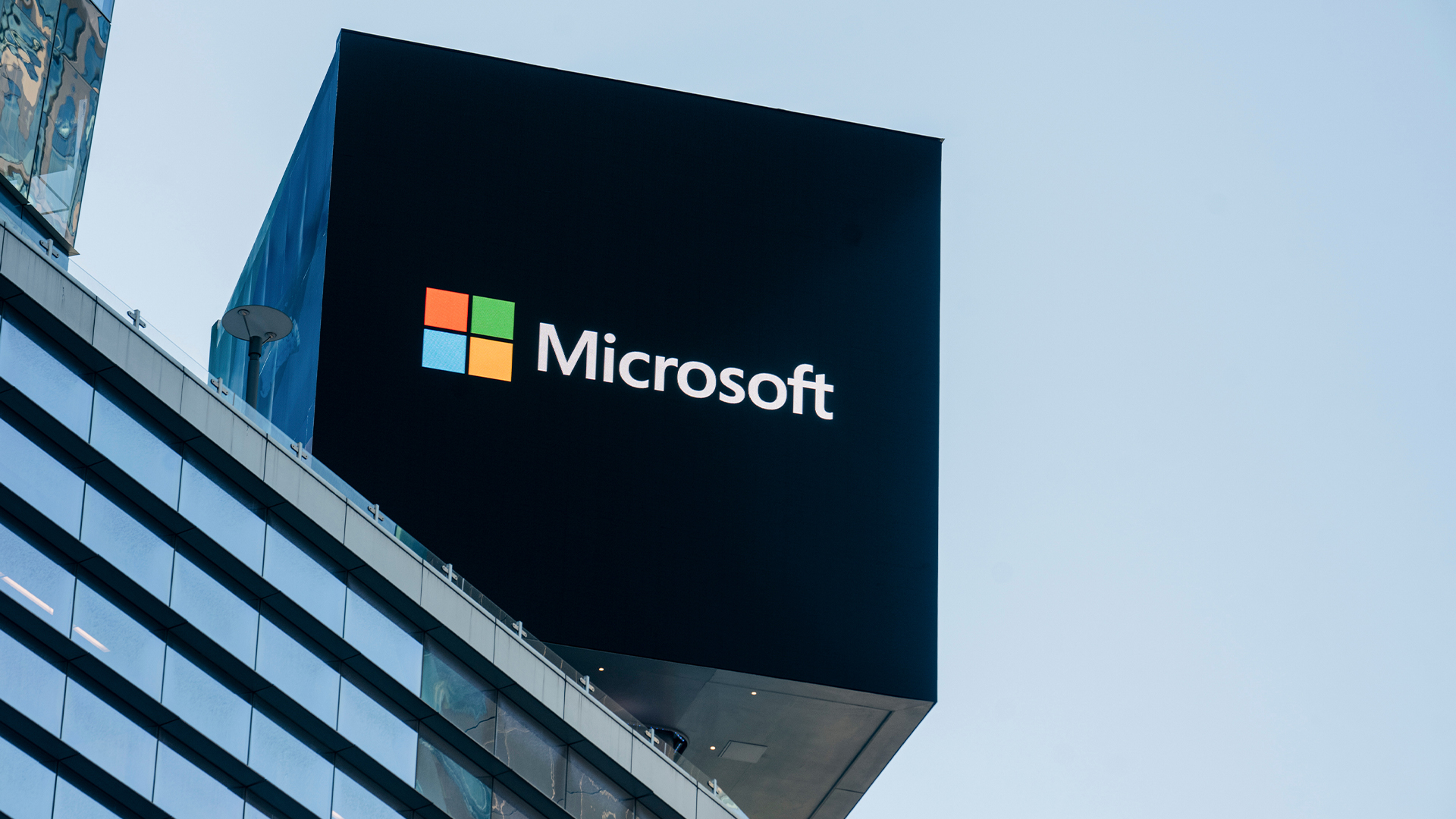 Microsoft just hit a major milestone in its ‘zero waste’ strategy
Microsoft just hit a major milestone in its ‘zero waste’ strategyNews Microsoft says it's outstripping its zero waste targets, recording a 90.9% reuse and recycling rate for servers and components in 2024.
By Emma Woollacott
-
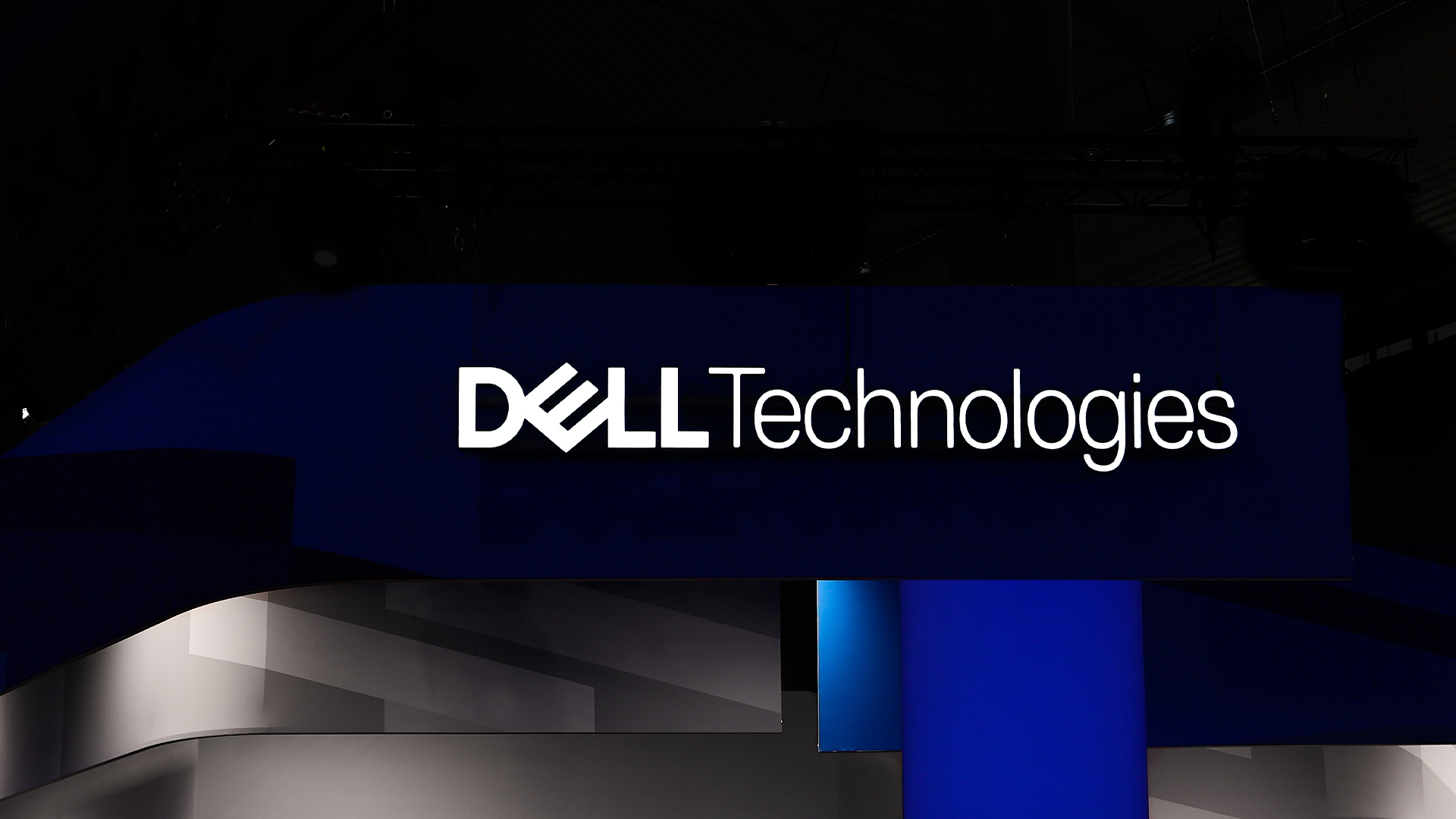 Dell names Lisa Ergun as new Client Solutions Group channel lead for the UK
Dell names Lisa Ergun as new Client Solutions Group channel lead for the UKNews Dell Technologies has announced the appointment of Lisa Ergun as its new Client Solutions Group (CSG) channel lead for the UK.
By Daniel Todd
-
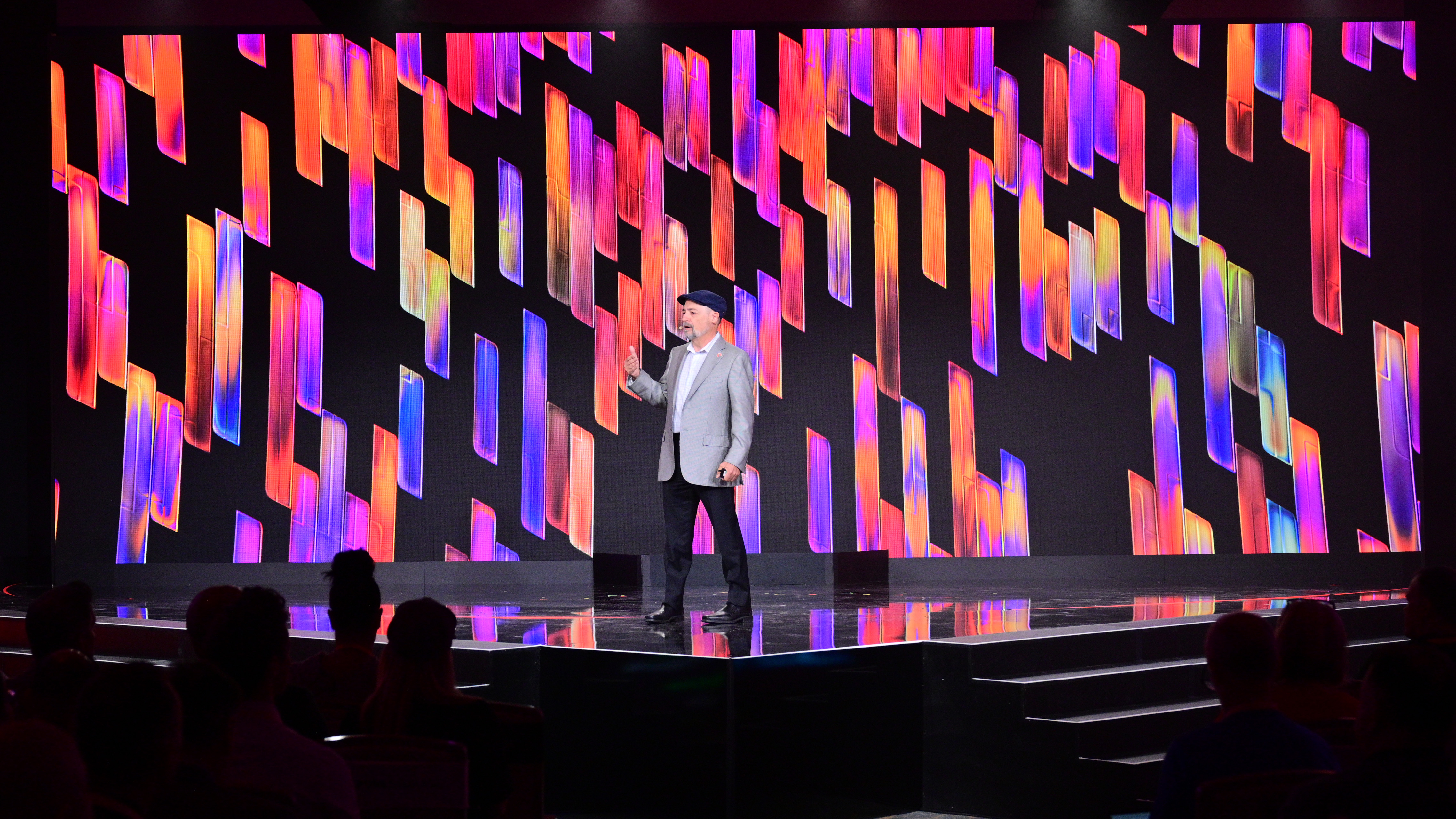 "New challenges require new ways of thinking" – and Pure Storage is backing simplicity as its big selling point
"New challenges require new ways of thinking" – and Pure Storage is backing simplicity as its big selling pointAnalysis Focus on AI adoption and cyber resiliency at Pure Accelerate 2024 have come hand-in-hand with the message that less is more
By George Fitzmaurice
-
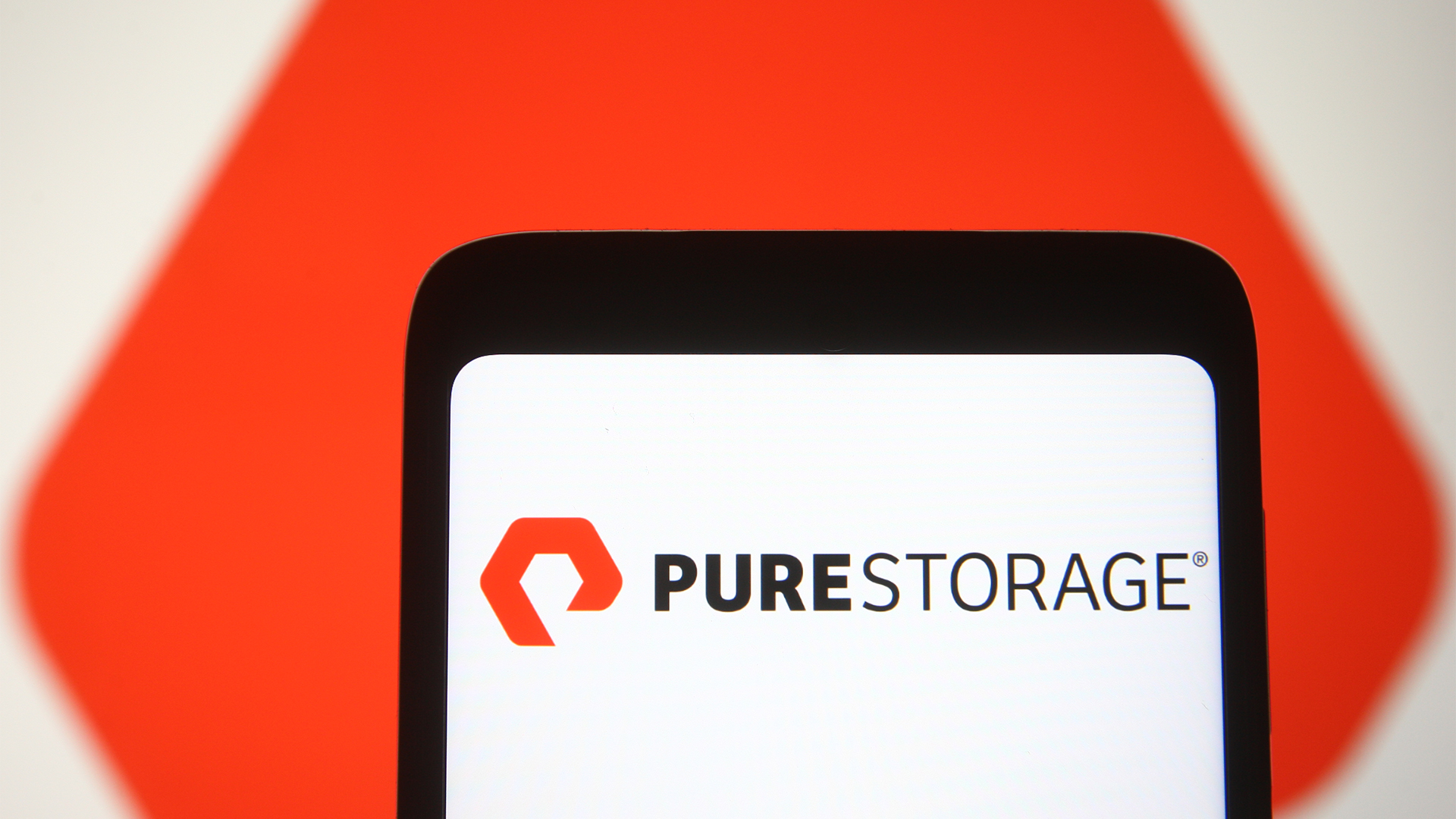 Pure Storage unveils revamped channel partner program as firm records strong 2023 performance
Pure Storage unveils revamped channel partner program as firm records strong 2023 performanceNews Pure Storage channel partners can now leverage a new pricing model framework and quote configuration improvements
By Daniel Todd